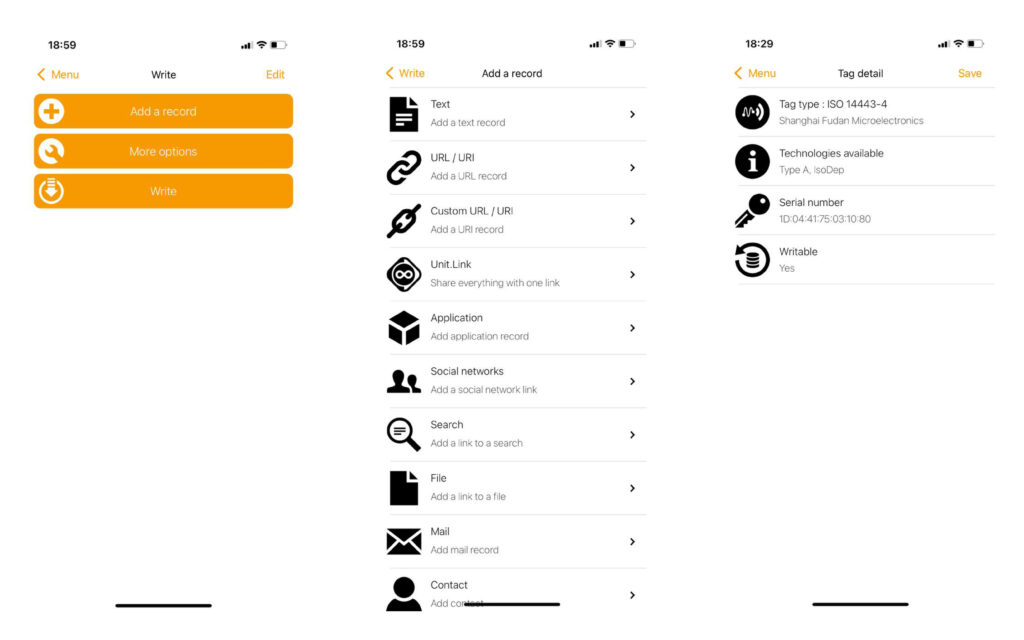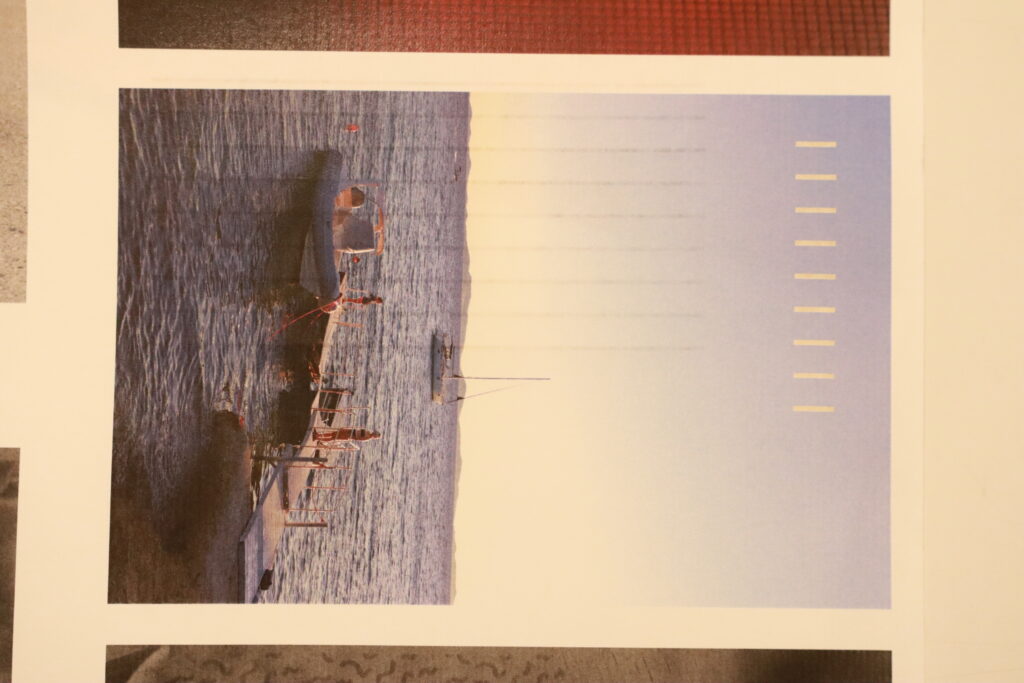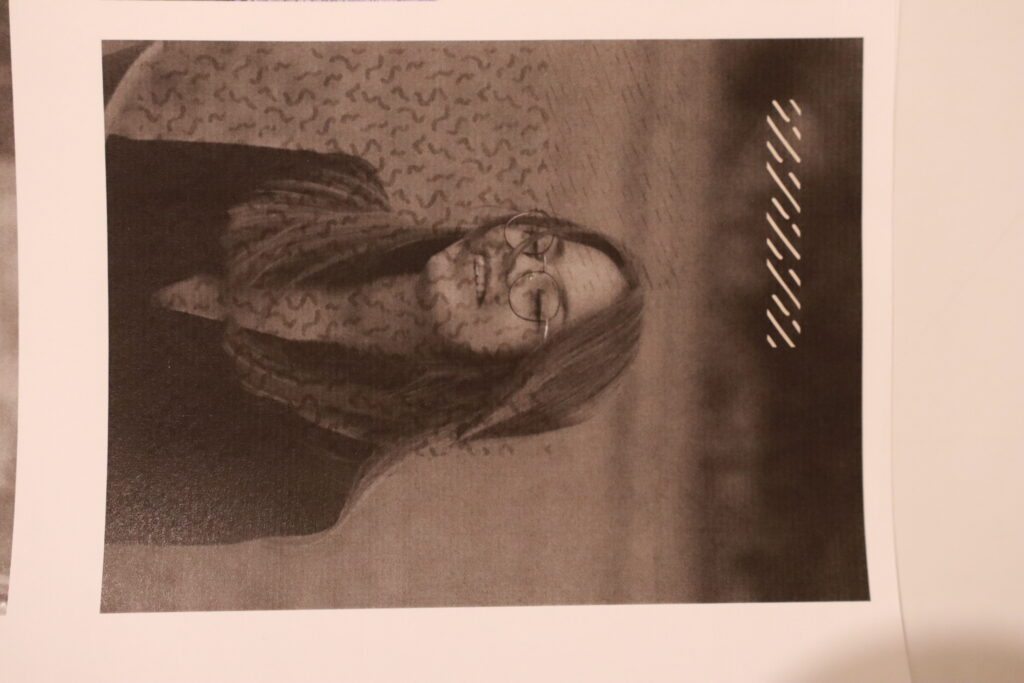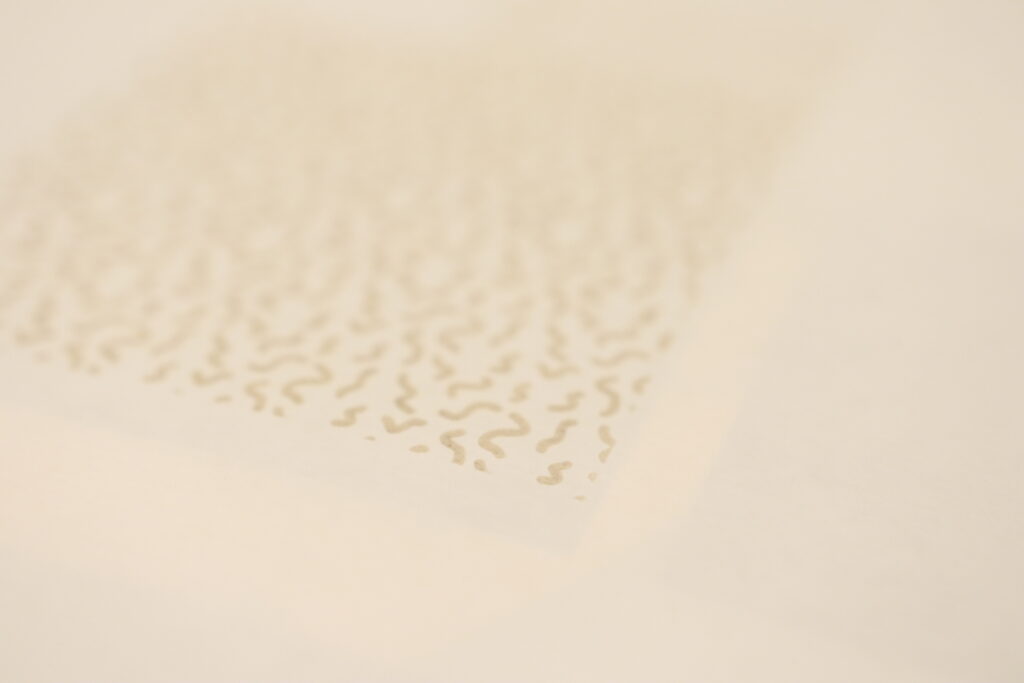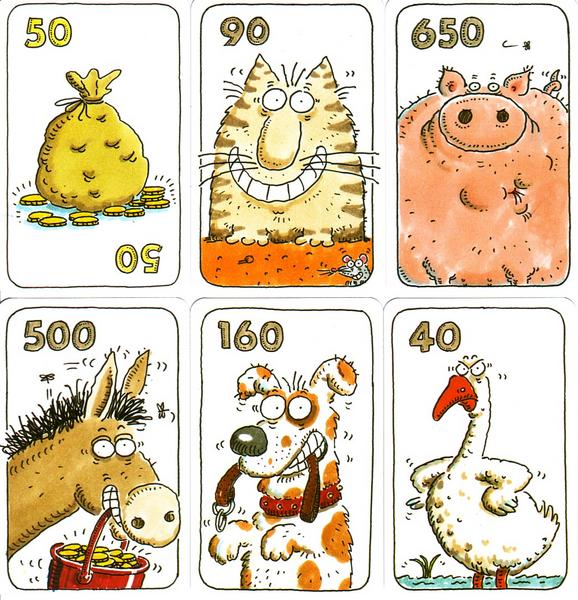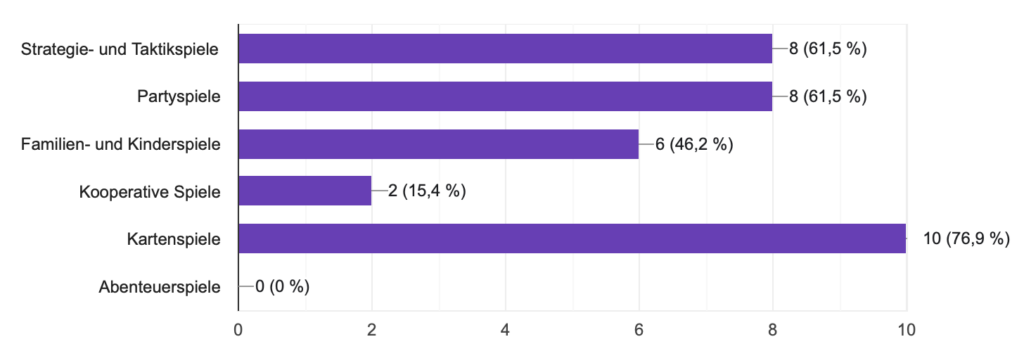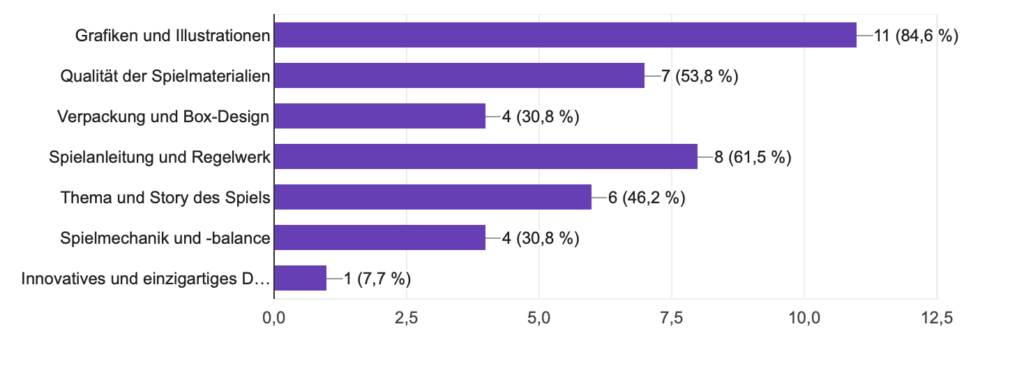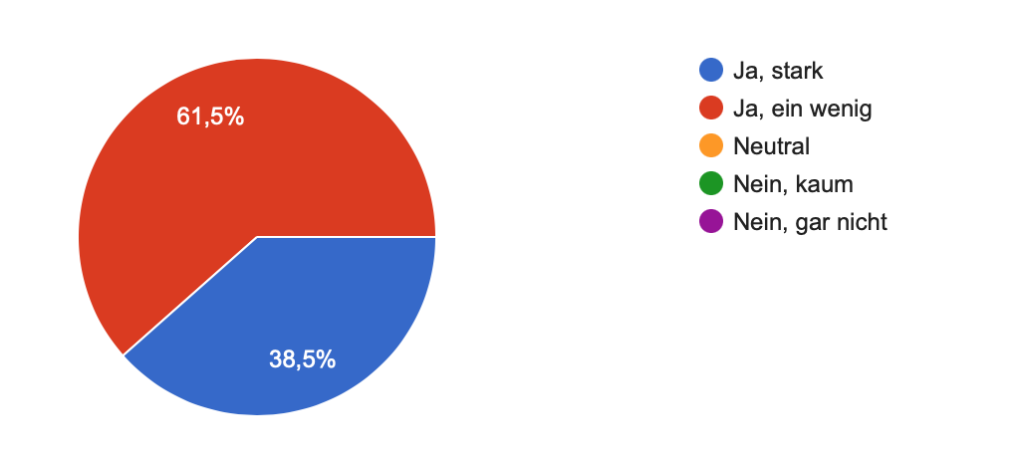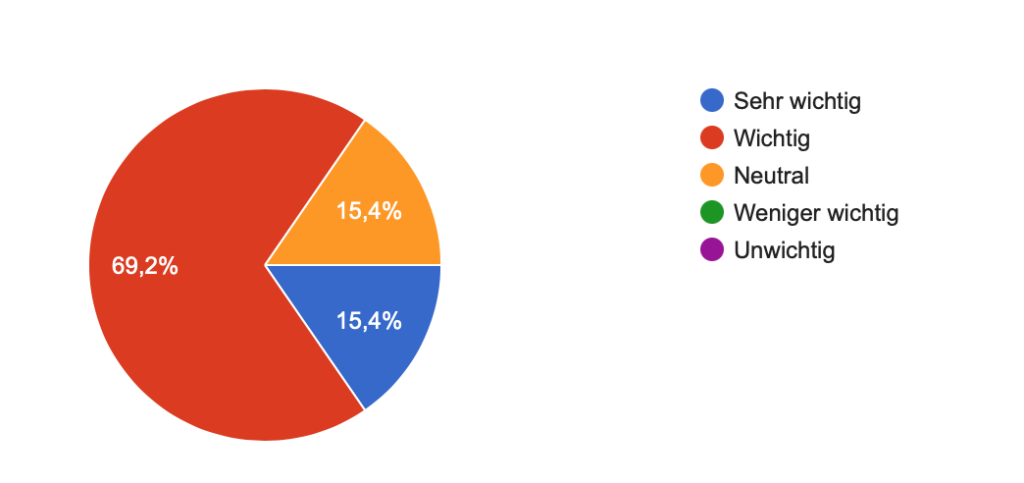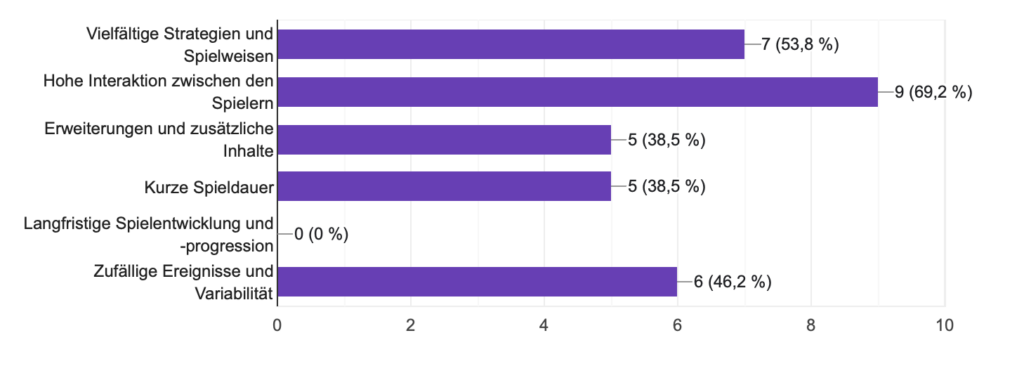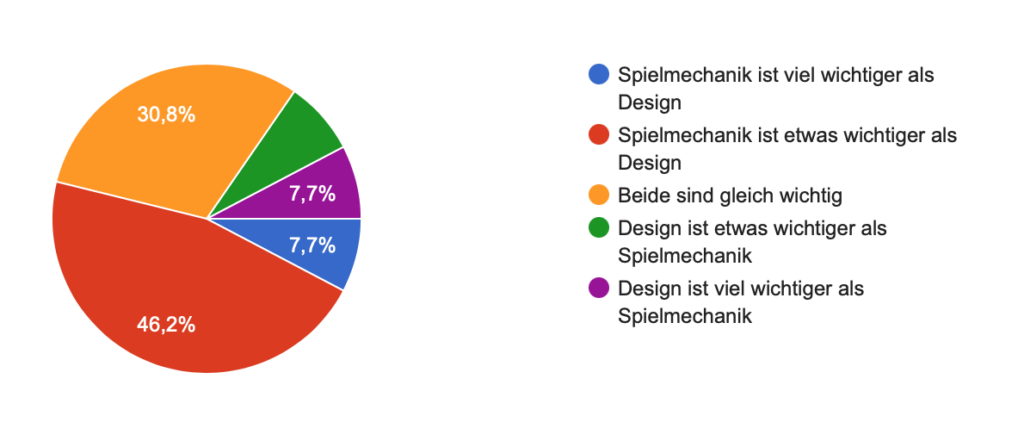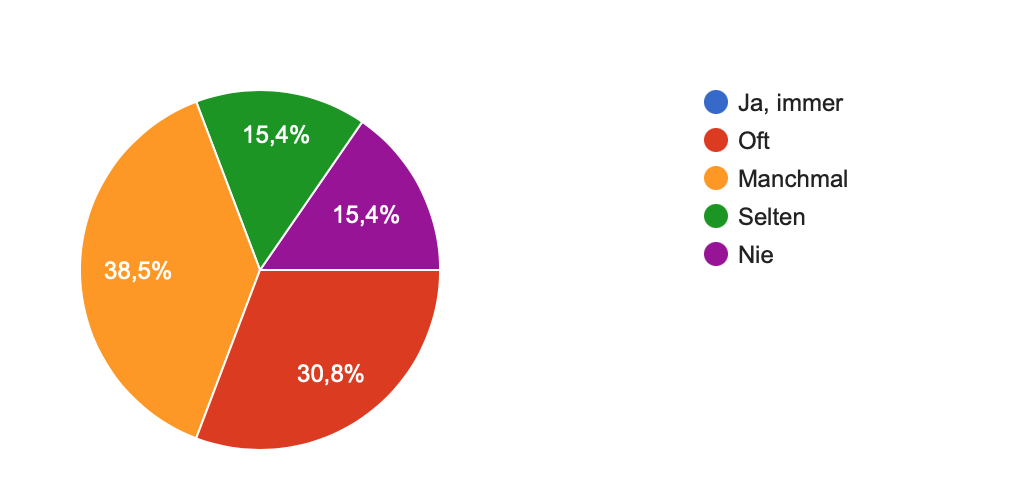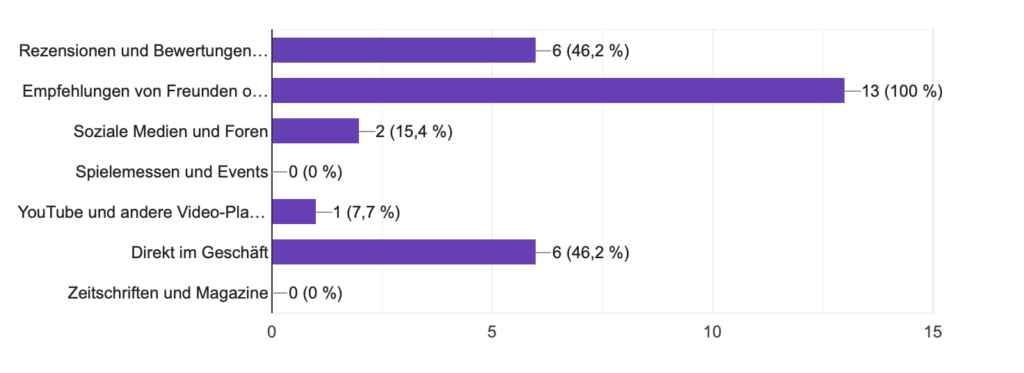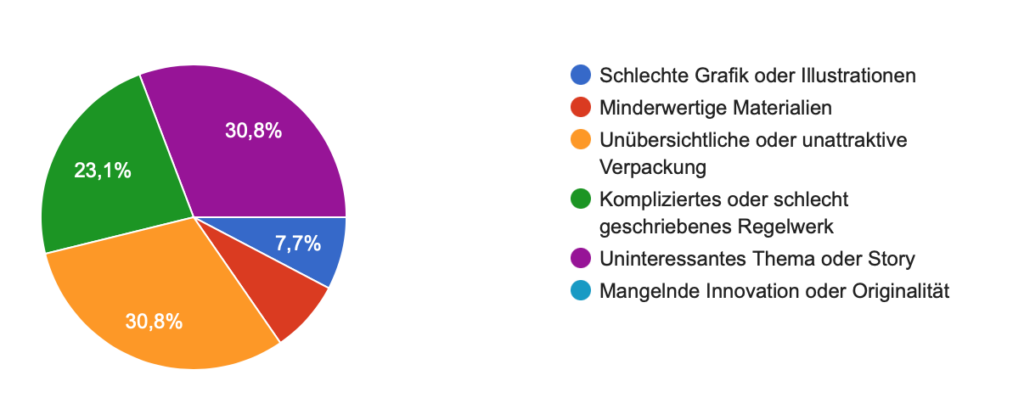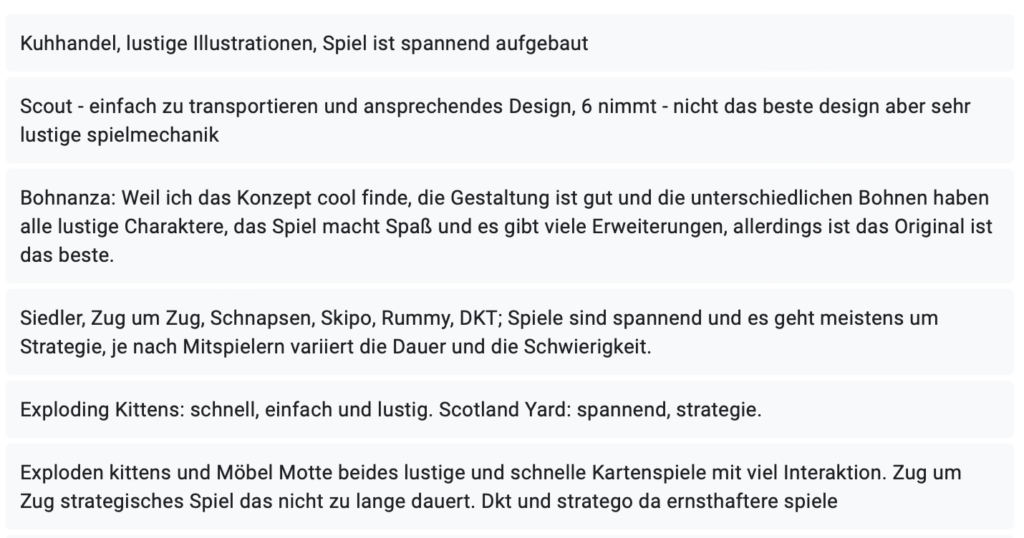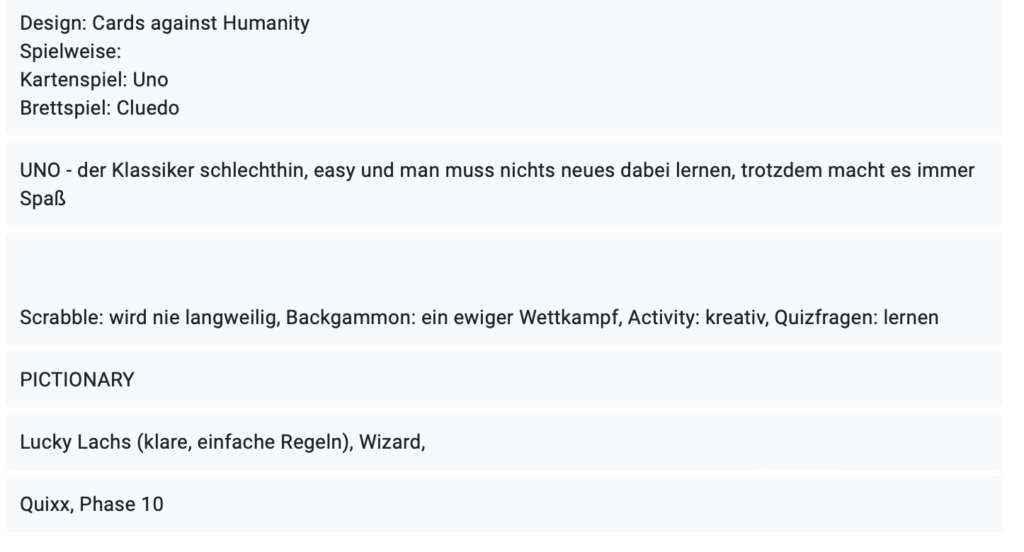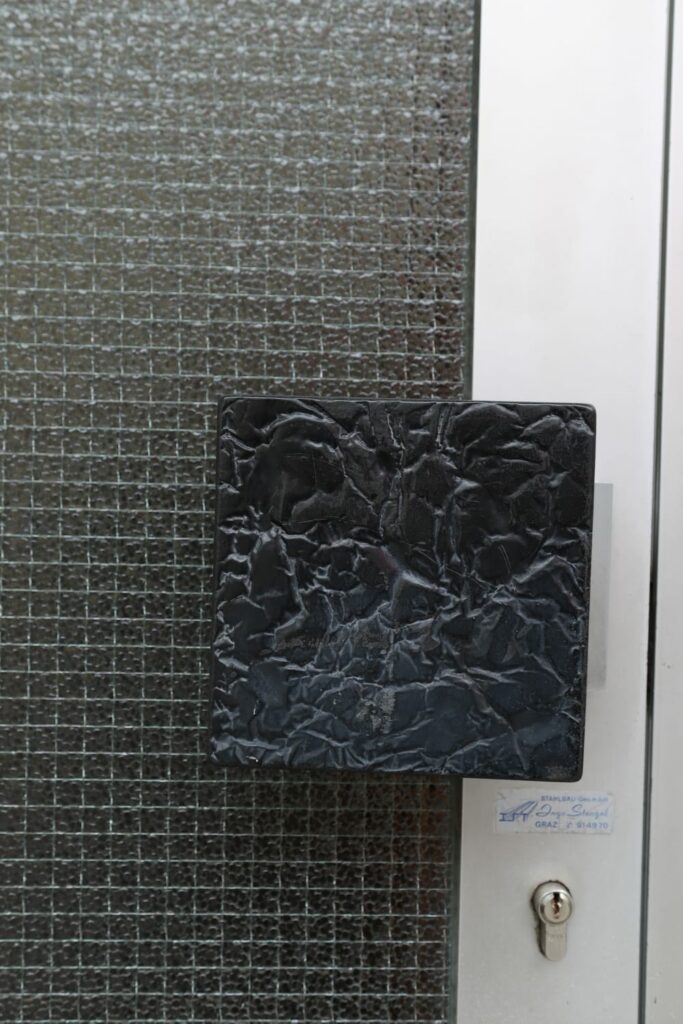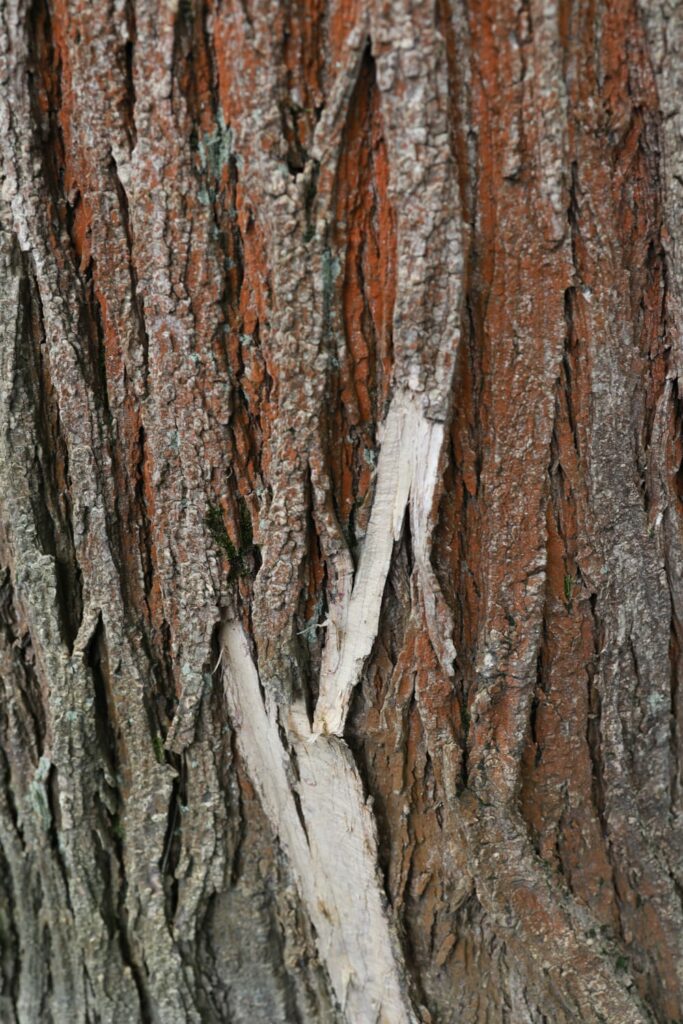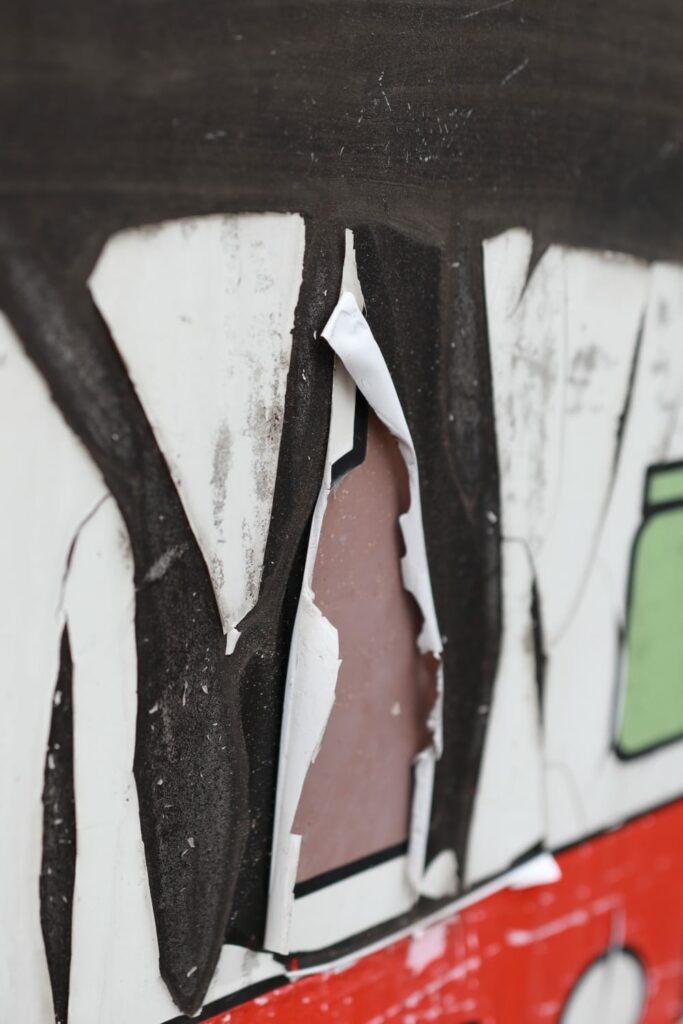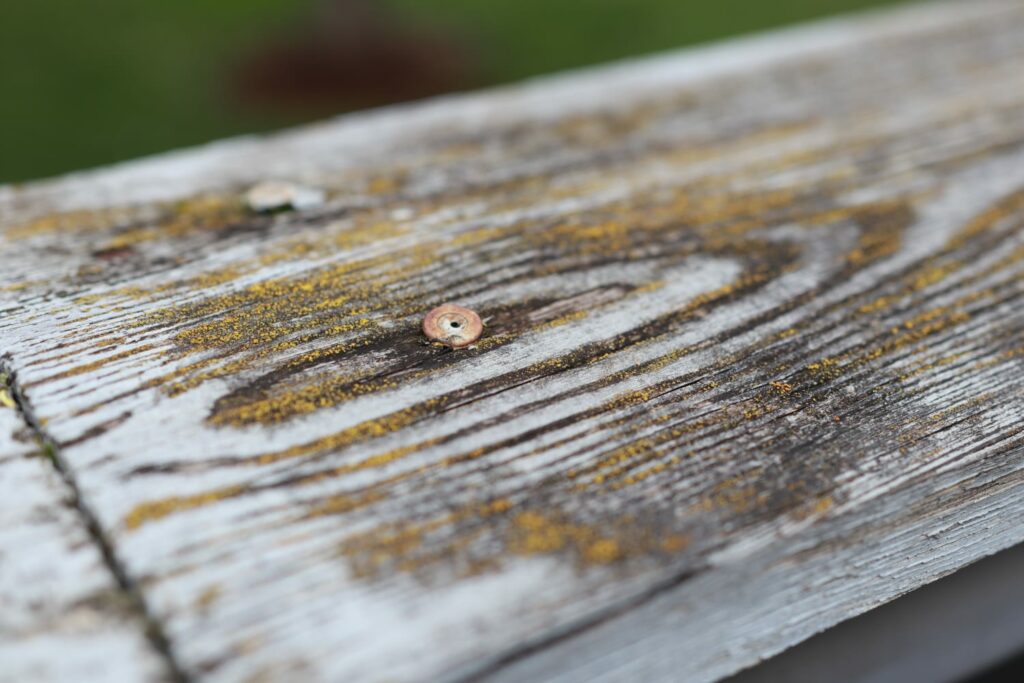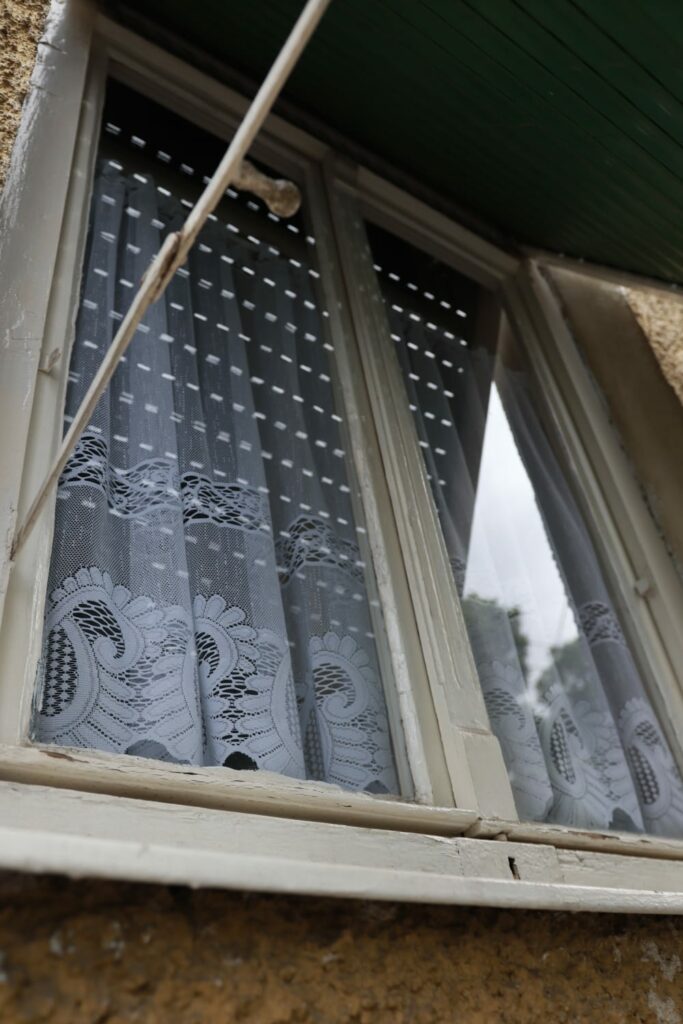I gave my prototypes of tactile photography to 4 people. Here is what they answered to my questions:
1. Do you like it?
A: Yes. It’s interesting/cool. You can touch it. I like it more when it is on some parts of the photography and not everywhere. I would touch the parts that are obviously a tactile part.
B: Yes. It’s interesting that not only you can touch the photography, but you can feel it. I don’t like the dots on the photography – they annoy me. I don’t understand why there are tactile parts on the part of the photography where there’s nothing. It doesn’t make sense (”There are no clouds there on the photo!”).
C: I do. I don’t like it when the tactile parts are on the back because it doesn’t give me any visual feedback.
D: Yes. I don’t mind turning the photo. I especially like the experience when it’s incorporated in the photo.
2. What’s the experience like?
A: On some it’s interesting, on some it’s not. On some photographs I don’t like how it looks.
B: It’s something new. Not everyone does this to the photography. It’s more interesting when the tactile part is in front and not in the back.
C: Good. I like touching this. It adds a new element to the photography.
D: Interesting. It reminds me of children’s books.
3. What would make this better?
A: I would like it more if the touching part would be only on one place on the photo (in the left corner), or on the place where there is actually something on the photo (e.g. on the tree, on the boat).
B: I wouldn’t put dots on random places, but on some places that makes sense because otherwise it’s confusing.
C: I don’t like the experience when the tactile parts are on the back. It doesn’t have the same effect.
D: I like when it’s on the front and on the back, but not on every photo. It would be also interesting if the tactile part would be on visible parts (e.g. on the dog). But it would be also okay if it’s on blank parts as long as it makes sense. I can use my imagination.
4. Would you prefer an album?
A: Yes. But the ones that are really interesting and pretty I would rather have in hands. It would be interesting if tactile parts would be exaggerated more. It should stand out so that you want to touch it.
B: No. I like the idea of having it in hands.
C: This is more interesting and you can spend more time on touching things. It slows you down and makes you focus on the details
D: No. I think this is more interesting.
In conclusion, I should focus on the appearance of the tactile parts of the photograph because I don’t want the photographs to look bad and for people to no longer enjoy them. I believe that the photograph should be primary, and the tactile design should be secondary. It’s interesting how some of the participants like the idea of having tactile experience on the back, and some of them didn’t. Another thing that was thought-provoking is that this experience reminds of flipping through a children’s book. I will take this into consideration and search for some inspiration in children’s books.
